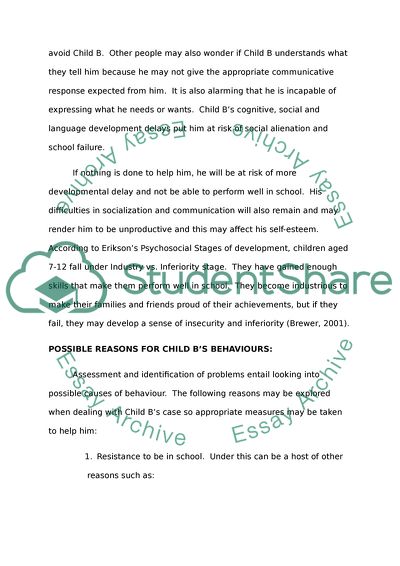Cite this document
(“How to Cope with an Eccentric Kid at School Case Study - 3”, n.d.)
How to Cope with an Eccentric Kid at School Case Study - 3. Retrieved from https://studentshare.org/social-science/1747645-case-study
How to Cope with an Eccentric Kid at School Case Study - 3. Retrieved from https://studentshare.org/social-science/1747645-case-study
(How to Cope With an Eccentric Kid at School Case Study - 3)
How to Cope With an Eccentric Kid at School Case Study - 3. https://studentshare.org/social-science/1747645-case-study.
How to Cope With an Eccentric Kid at School Case Study - 3. https://studentshare.org/social-science/1747645-case-study.
“How to Cope With an Eccentric Kid at School Case Study - 3”, n.d. https://studentshare.org/social-science/1747645-case-study.


